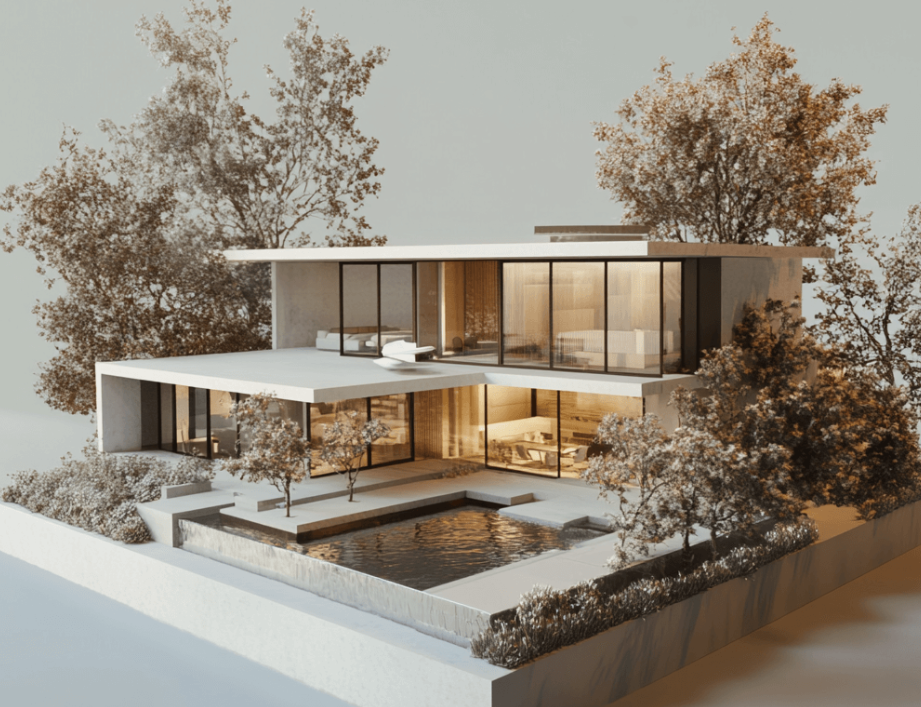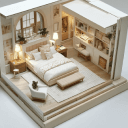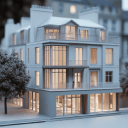Try Designing a room or planning a renovation can be both exciting and overwhelming. It's often hard to imagine exactly how furniture, colors, and layouts will look in your actual space. This is where a 3D room planner comes in. A 3D room planner is a modern digital tool that lets you visualize your room in three dimensions before you ever lift a hammer or buy a gallon of paint.
By virtually creating your space and filling it with furniture and decor, you can see your ideas come to life on screen. The result is a far more accurate and realistic preview of your design, helping bridge the gap between the vision in your head and what it will actually look like in reality.
In this article, we'll explore what a 3D room planner is, how it works, and why you need one for your next project.
Check Out Our 3D Room Planner
What Is a 3D Room Planner?
A 3D room planner is a software or app (often web-based) that allows you to design and visualize the layout of a room in realistic 3D. Instead of sketching on graph paper or trying to mentally picture a space, you use the planner to build a virtual model of your room.
This typically involves drawing out walls and floor dimensions, then adding elements like doors, windows, furniture, and decorations from a built-in library. You can usually switch between a 2D floor plan view and a full 3D view, allowing you to see the space from any angle.
Essentially, a 3D room planner gives you a "digital twin" of your room that you can tweak and experiment with. These tools are widely used in interior design, architecture, and even furniture retail. Professionals use 3D planners to create and present room layouts to clients, and retailers (like IKEA or Ethan Allen) use them so customers can try before they buy by visualizing furniture in a virtual room.
But you don't have to be a pro to use a 3D room planner—today's platforms are very user-friendly. In fact, many are available as free online apps, so anyone can access them through a web browser without installing complicated software. For example,
Arcadium 3D is a powerful online 3D room planner (with AI capabilities) that runs entirely in your browser, making advanced interior design accessible to beginners and professionals alike.
Most planners offer intuitive drag-and-drop controls, so you can pick up furniture pieces, drop them into your floor plan, and move or rotate them until you're happy with the arrangement. You can also customize colors, materials, and finishes—want to see the walls in blue instead of beige? A few clicks, and it's done.
Key features common to many 3D room planners include: the ability to set custom room dimensions (so your virtual room matches your real measurements), a catalog of furniture and décor items to choose from, options to change wall colors and flooring, and real-time 3D rendering that lets you walk through the room or view it from various angles.
Some advanced tools even support lighting effects, so you can see shadows and brightness as if in a real room, or augmented reality (AR) viewing on your phone. At its core, though, a 3D room planner is all about visualization and planning – it gives you a realistic canvas to play with your interior design ideas before you commit to them.

Why You Need a 3D Room Planner for Your Next Project
If you're wondering whether using a 3D room planner is worth it, consider the many benefits it offers. Why go in blind on a renovation or new decor project when you can preview everything in advance? Here are several compelling reasons why you should use a 3D room planner for your next project:
Visualize Your Ideas from Every Angle:
A 3D planner lets you see your space from all angles in a realistic way, which is something mood boards or 2D sketches can't fully provide. You can walk through the virtual room and understand how everything looks and fits together. This means your design vision becomes tangible – you’re essentially getting a sneak peek of the finished room. Seeing a true-to-life 3D model of your room can confirm that your ideas work well, or reveal issues you hadn't considered (for example, realizing a bookshelf is taller than it looked on paper, or a sofa blocks the pathway). In short, it bridges the gap between imagination and reality.
Avoid Costly Mistakes:
One of the biggest advantages of "trying it digitally before doing it for real" is that you can catch mistakes before they happen. For instance, have you ever bought a piece of furniture you loved in the showroom, only to discover it doesn't fit or match your room at home? With a room planner, you can test if that large sectional sofa actually fits in your living room and complements the other pieces, before spending a dime. This helps you avoid costly mistakes like wrong-sized furniture, clashing colors, or poor layouts. As one design expert notes, "With a room planner, you can try it before you buy it," ensuring that everything works in your space ahead of time. This saves not just money, but also the headache of returns or redoing work.
Experiment with Layouts and Styles Easily:
A 3D planner gives you the freedom to experiment freely. Want to see how the room would look if you moved the dining table to the other corner, or if you switched to a minimalist Scandinavian style instead of a rustic look? No problem – just drag, drop, and swap things in the software. You can try countless different furniture arrangements, color schemes, and décor styles in a matter of minutes. This kind of rapid experimentation is virtually impossible (or very labor-intensive) in the real world.The planner makes it easy to compare options side by side. For example, if you're stuck deciding between two coffee tables or paint colors, you can load both scenarios in your design and visually compare which one fits better. This playful, no-consequences experimentation can even spark new ideas. In fact, by seeing everything together in 3D, you might discover a layout or style combination you hadn't thought of initially – it's an inspiration booster. As one furniture retailer put it, being able to change a room’s layout with a few clicks can inspire new ideas you might not see otherwise.
Save Time and Physical Effort:
Before these digital tools were common, tweaking a room's design took a lot of time and back-breaking work – either drawing detailed floor plans by hand or constantly moving furniture around to test layouts. A 3D room planner eliminates much of that grunt work. Rearranging an entire room is now as simple as a few mouse clicks or taps, which can be done in seconds instead of hours. This not only saves time but also saves you from the physical strain of lifting and shifting heavy furniture repeatedly. You can spend an afternoon happily playing with digital layouts rather than sweating and scratching up your floors moving sofas for the fifth time. Plus, by nailing down an optimal layout virtually, you cut down on setup time later because you'll have a clear plan to follow. In professional settings, designers also use these tools to expedite the design process and make quick changes on the fly, rather than having to redraw plans from scratch. Overall, you get to the right design faster and with far less effort.
Keep All Details Organized:
When undertaking a significant redecoration or remodel, there are a lot of details to juggle – measurements, furniture pieces, color codes, etc. It’s easy to lose track if you’re trying to keep it all in your head or scattered notes. A 3D planner serves as a central blueprint for your project where all those details live. You can reference your saved room layout to remember what goes where, what size that rug needs to be, or how many chairs you planned for the dining table. This makes execution much smoother, as the digital plan becomes your guide or checklist. For example, when it comes time to buy items or start painting, you can refer to your design to ensure consistency with your plan (no forgetting that the accent chair was meant for the reading nook, or that you needed two pendant lights above the kitchen island).
Plan Furniture and Shopping List:
Along with layout, these tools help with space planning – making sure everything fits comfortably. You can check that there's enough clearance to open cabinet doors or that there's sufficient walking space between the couch and coffee table. Some 3D room planners even integrate with furniture catalogs or shopping features. This means while designing, you might be selecting actual pieces that you can then purchase. For instance, a planner might allow you to choose a specific sofa model from a brand’s catalog; the software ensures it’s to scale in your virtual room. When you’re happy with the design, you’ll have a list of those real products ready to buy. This can streamline the shopping process, so you don’t waste time browsing items that won’t fit or suit your design. Even without a built-in catalog, your 3D plan effectively becomes a shopping list – you know exactly what type of furniture and decor items you need to achieve the look.
Enhance Communication and Collaboration:
If you're working with a spouse, roommate, or an interior designer, a 3D room plan becomes a great communication tool. Instead of trying to describe your idea and hoping others picture it the same way, you can show them the 3D model. This makes it easier for everyone to understand the vision and provide input. You can share your design with others—many online planners allow you to send a link or export images of your design. For professionals, being able to present a client with a walk-through of their future room often gets ideas approved faster, since the client can truly see what you're proposing. Even for personal projects, showing your partner a realistic rendering of the new kitchen layout can get you both on the same page quickly. In short, 3D planners help turn abstract ideas into something concrete that all stakeholders can agree on.
Boost Confidence and Reduce Anxiety:
Taking on a renovation or redesign can be stressful. There are many “what ifs” — What if the color is wrong? What if the furniture doesn't fit? Using a room planner can give you peace of mind. When you've already seen a realistic preview of your completed room, you can move forward with confidence that things will turn out as expected. It turns guesses into informed decisions. That way, by the time you start buying materials or knocking down walls, you’re not second-guessing choices – you’ve essentially rehearsed the project in the virtual world. This is a huge relief for many homeowners and even seasoned designers, as it significantly cuts down on the surprises that only become apparent after something is built or installed.
In summary, a 3D room planner is like a crystal ball for your project – it lets you look into the future of your space and make changes now, rather than after it's too late. Whether you're simply rearranging furniture in a bedroom or tackling a full home renovation, this tool can save you time, money, and frustration, all while making the process more creative and fun.
Check Out Our 3D Room Planner
What to Look for in a 3D Room Planner
Not all design tools are created equal. If you're ready to try a 3D room planner, you'll want to choose one that fits your needs and skill level. Here are some key features to look for when evaluating different 3D room planner options:
User-Friendly Interface: The software should be intuitive and easy to use, even if you’re not a tech whiz. Look for drag-and-drop functionality (so you can easily add and move items) and an uncluttered interface. You want to spend time designing your room, not fighting the software. Many modern planners pride themselves on being simple enough for beginners while still powerful (for example, Arcadium’s tool is noted for being “intuitive, quick to learn” with a very high ease-of-use rating).
2D and 3D Views: A good planner will allow you to design in 2D (a flat floor plan view) and then switch to 3D to see the realistic perspective. Seamless switching between 2D and 3D is important, because you'll likely use the 2D view for precise placement and measurements, and the 3D view for evaluating look and feel. Both perspectives are valuable, so the tool should offer both modes.
Extensive Furniture and Material Library: The more items you have at your disposal, the better you can simulate your actual ideas. Top room planners come with large libraries of furniture, fixtures, appliances, and décor objects. These often include generic items (like a “sofa” of specific dimensions) and sometimes real branded products. In addition, you should be able to customize materials and colors – for instance, change a couch’s color or apply different flooring types – to closely match what you want. This allows you to experiment with various looks. Pro tip: If the planner lets you import your own textures or models, that’s a bonus for flexibility.
Accurate Measurements and Scaling: Precision matters. The tool should let you input exact room dimensions (length, width, height) and accurately size each object. Good planners have measurement tools or indicators, so you can verify, say, that there’s 3 feet of clearance between the dining table and the wall. Without accuracy, the design won’t translate to real life properly, so this feature is non-negotiable.
Realistic Visualization and Lighting: The quality of the 3D rendering can vary. Some basic planners have more cartoonish graphics, while others offer near photo-realism. If seeing a life-like image is important to you, choose a planner known for high-quality rendering. Also consider if it handles lighting – can you add light sources or windows and see how lighting affects the room? Realistic shadows and lighting can make a big difference in evaluating ambiance. A strong planner will allow at least basic lighting adjustments and maybe even generate HD images or 360° walkthroughs of your design.
Sharing and Collaboration Options: Check if the planner lets you save your design and share it. Cloud-based (online) tools usually let you create an account to save projects and revisit them. Many allow you to share a project via a link or export images. If you want feedback or are working with others, being able to send them an interactive 3D view of your room is incredibly useful. Some planners even support real-time collaboration, where multiple people can view or edit a design.
Platform and Accessibility: Consider whether you want a browser-based tool or a downloadable app. Browser-based tools (like Arcadium 3D’s planner) have the advantage of no installation – you just open your browser, go to the site, and start designing. They also work on multiple devices (your laptop, tablet, etc.) as long as you have internet. Other tools might be standalone applications or mobile apps, which could be fine if you prefer offline use or need to design on an iPad, for example. Just make sure the platform you choose is convenient for you. In general, online planners are very convenient for most people and often free to use at a basic level.
Cost (Free vs Paid): Finally, be aware of the pricing model. A lot of excellent 3D room planners are free or have a free tier for personal use. They might offer premium upgrades for more features (for instance, to unlock more furniture items or higher quality renderings). If you just have a one-off project or occasional need, you can likely do everything you need without paying a cent. Even as a professional, you might find free tools sufficient, though some high-end design software can cost money. The good news is that cost is not a barrier to entry here – you can start with a free online room planner and still achieve amazing results.
In short, look for a 3D room planner that is easy to use, has the capabilities you require, and fits your budget. The best ones combine powerful features with an accessible learning curve. Now, let's look at an example of such a tool and how it can transform your design process.
Arcadium 3D: Transforming Your Room Design Experience
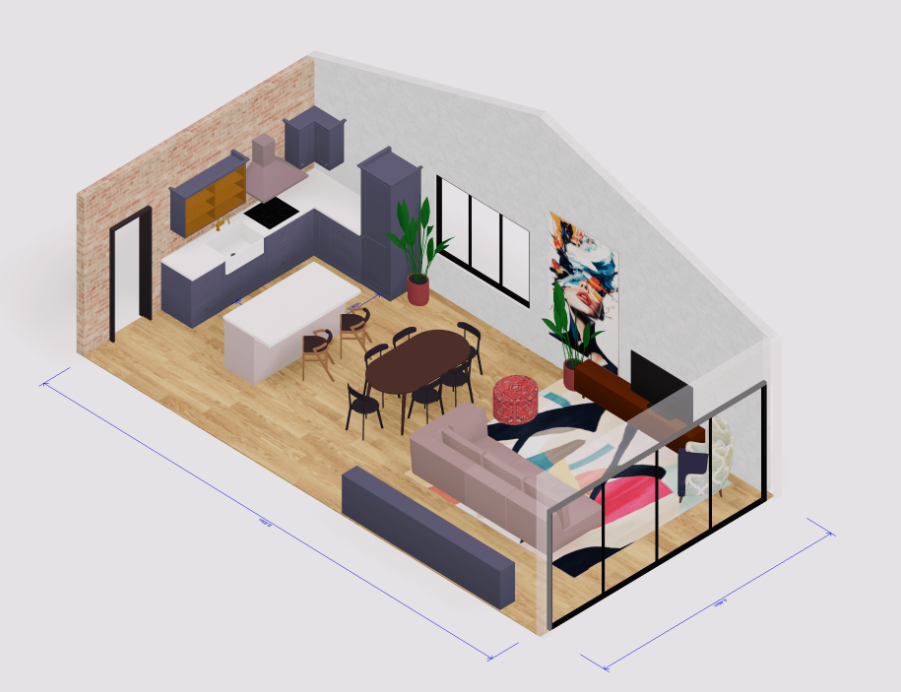
When it comes to 3D room planners, Arcadium 3D deserves a special mention. Arcadium 3D is an AI-powered online interior design tool that has been gaining popularity among both DIY home designers and professionals – and for good reason. It essentially democratizes 3D room design, making advanced features simple for anyone to use. Here's how Arcadium 3D can transform your next project:
All-in-One Design Platform, Right in Your Browser:
Arcadium 3D runs entirely in your web browser, which means there's no software to download or install. The moment inspiration strikes, you can just head to the Arcadium website and start laying out your room. This instant access is incredibly convenient. Despite being browser-based, Arcadium is powerful – it's not stripped down at all. You can create detailed floor plans in 2D and then immediately view them in 3D with real-time rendering. The tool is snappy and responsive, handling everything online so you can work from any device.
User-Friendly with Professional-Grade Features:
One of Arcadium’s biggest strengths is its balance between ease-of-use and depth. The interface is designed to be intuitive (even if you’re new to design software), so you can master the basics in minutes. At the same time, it offers professional features that seasoned designers appreciate – like an extensive furniture and object library, precise measurement and alignment tools, and even architectural elements like windows, doors, and custom wall shapes. Arcadium includes dynamic, parametric components (meaning you can adjust dimensions or styles of objects easily) and alignment aids to help you get everything just right. In other words, you’re not sacrificing capability for simplicity. This is why Arcadium 3D has quickly become a favorite 3D planner in 2025; users praise its speed, ease of use, and robust feature set.
AI-Powered Visualizations:
A standout feature of Arcadium 3D is its integration of AI for design visualizations. Arcadium can generate AI-driven renderings of your space – for example, producing realistic images or even stylistic sketches of your room at the click of a button. This is like having a smart assistant that helps you see different versions of your design in a highly realistic way. Not only is this fun to play with, but it can give you near-photographic previews of how your finished room could look, complete with proper lighting and texture details. It’s an impressive feature that can set Arcadium apart from many other planners, which might require you to manually set up lighting and camera angles for a good render. With Arcadium’s AI visualization, you save time and get stunning results effortlessly.
Rapid Prototyping and Iteration:
Arcadium is built for speed. The tool lets you whip up a basic room layout very quickly – you can sketch out a room and furnish it in as little as a few minutes, which is perfect for prototyping ideas. If you want to see a totally different concept, you can duplicate the project and try a new direction without losing your original. This encourages you to iterate multiple designs and find the best one. Because the software is so responsive and changes are visualized instantly in 3D, the design process feels fluid and enjoyable, not tedious. As one user put it, “I can brainstorm ideas and try them out online to get a feel for the flow of the space”, and Arcadium makes that process genuinely fun.
Collaboration and Sharing Made Easy:
Arcadium 3D is cloud-based, so saving and sharing your projects is straightforward. Every design you create can be shared via a simple URL link. This means if you want someone else’s input, you can send them the link and they can view (and even edit, if you allow) the 3D model in their browser. This is fantastic for getting feedback from family members or collaborating with a client or contractor remotely. Additionally, because everything is stored online, you can start designing on one computer and continue on another without missing a beat.
Completely Free to Start:
Perhaps one of the most impressive things about Arcadium is that it offers all these capabilities with a free-to-use model. You can create and visualize your room designs without any subscription or upfront cost. This lowers the barrier to entry completely – anyone with an internet connection can dive into 3D room planning. Despite being free, the tool feels premium, which is part of why it’s so transformative. (Arcadium does have paid plans for business or advanced use, but for most personal projects the free version is more than enough.)
Arcadium 3D truly transforms the room planning experience by making it accessible, fast, and richly detailed. As a result, thousands of people – from homeowners to interior design professionals – are using it to bring their ideas to life. If you're looking to start your next project, Arcadium 3D is a great companion that can guide you from the first spark of an idea all the way to a polished design ready for execution. It empowers anyone to design like a pro, proving that with the right tool, creating a stunning space is absolutely achievable for everybody.
Check Out Our 3D Room Planner
Frequently Asked Questions (FAQ)
Q1: What is a 3D room planner?
A 3D room planner is a digital design tool that lets you create a virtual model of a room and arrange furniture and decor in it. It provides a three-dimensional view of your space, so you can see how everything would look and fit before you make changes in real life. Essentially, it's like an interactive floor plan that you can decorate and walk through visually.
Q2: Do I need any design experience to use a 3D room planner?
Not at all. Most 3D room planners are designed for everyday people and beginners, not just professional designers. They usually have user-friendly, drag-and-drop interfaces. If you can use basic computer applications, you can likely pick up a 3D room planner quickly. Many even provide templates or guided tutorials to help you get started. Within a short time, you'll be able to sketch out rooms and try your ideas, even if you've never done interior design before.
Q3: Are 3D room planners free to use?
Many of them are free or offer free versions. There are several free online room planner tools (like Arcadium 3D’s planner) that let you do a full design without paying anything. Some advanced features or content might require a premium upgrade or subscription in certain apps, but for most home projects, the free tier is sufficient. Always check the tool’s pricing details, but rest assured there are powerful free options available.
Q4: What can I design with a 3D room planner?
You can design virtually any interior space: living rooms, bedrooms, kitchens, bathrooms, offices, or even entire floor plans of a home. These tools are very flexible. For example, you could use a planner to layout a single room makeover, plan a kitchen remodel (including cabinetry and appliances), or even stage a whole house for real estate listings. Some planners also support outdoor space planning (gardens, patios) or specialized layouts like office spaces. If you have the dimensions, you can likely model the space in a 3D planner.
Q5: How accurate are the designs in a 3D room planner?
The accuracy can be very high if you input correct measurements. A 3D room planner will let you set the exact size of your room and the objects within it. As long as you measure your real room and furniture properly, the virtual layout will be to scale. This means the design you see on screen is a faithful representation of how things would fit in reality. It's still important to double-check critical clearances or dimensions (measure twice, as they say), but generally what fits in the virtual room will fit in your actual room. The visuals are also increasingly realistic, so you get a good sense of colors and style, though keep in mind that screen colors can differ slightly from real paint or fabric. Overall, a good 3D planner gives you a very reliable preview of the final result, which is why it's such a valuable tool for planning.
Learn More About: Top Influencers to Follow for Brilliant Room Layout & Interior Design Advice


 All training, tips and articles
All training, tips and articles
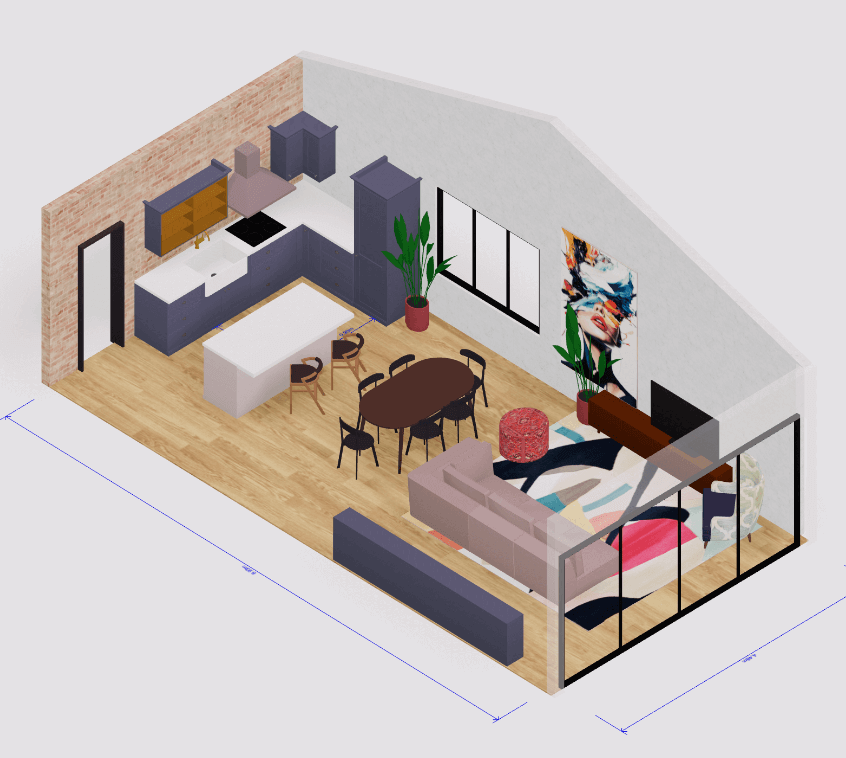 3D house design tool
3D house design tool
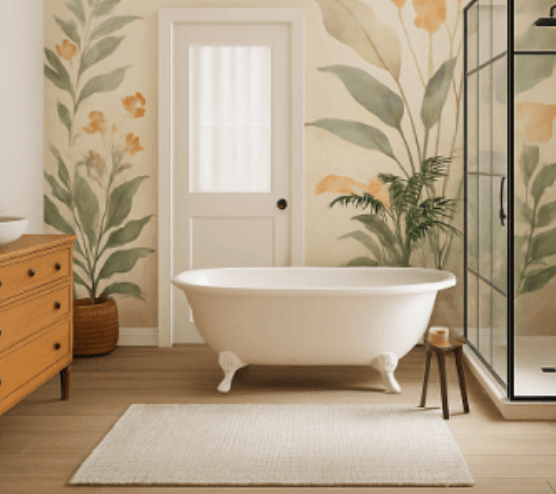
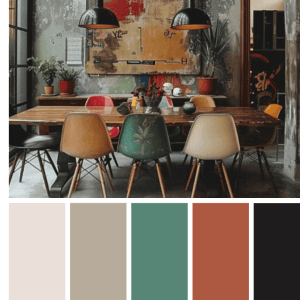 Color palette generator
Color palette generator
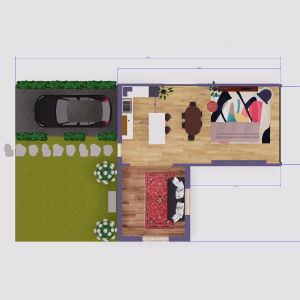 Floor plan creator
Floor plan creator
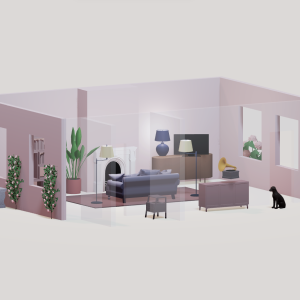 Interior design app
Interior design app
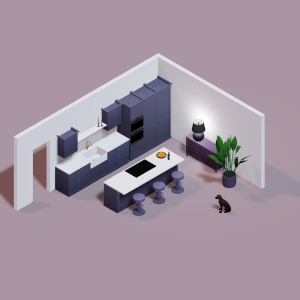 Kitchen design tool
Kitchen design tool
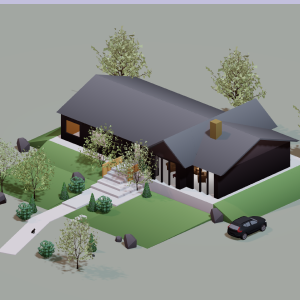 House design software
House design software
 Room designer
Room designer
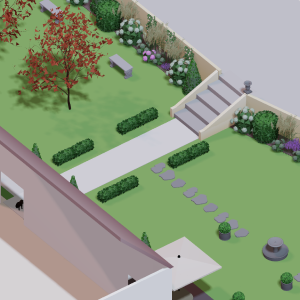 Landscape design software
Landscape design software
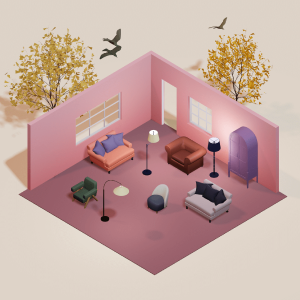 Bedroom design
Bedroom design
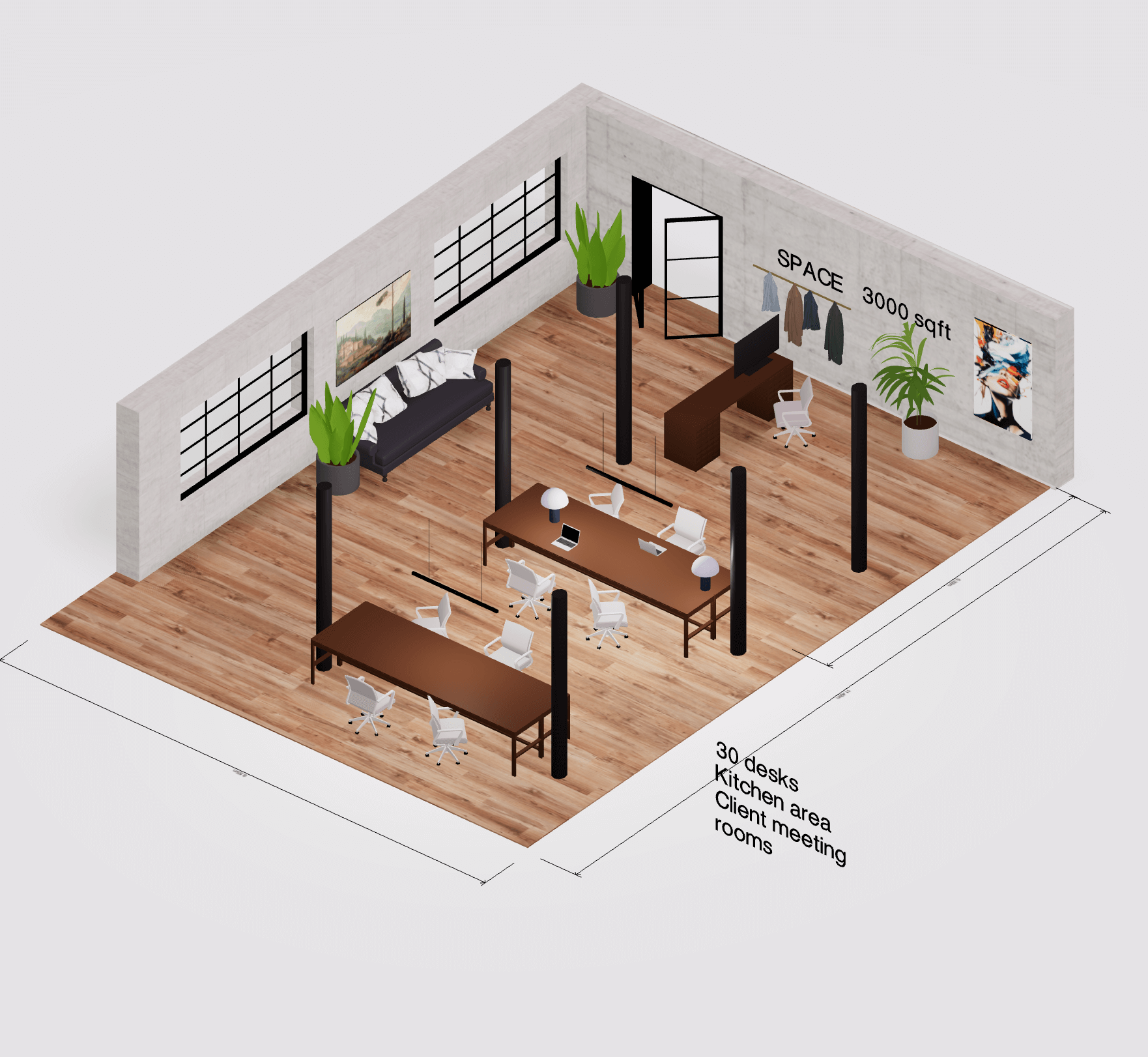 Office floor plan creator
Office floor plan creator
